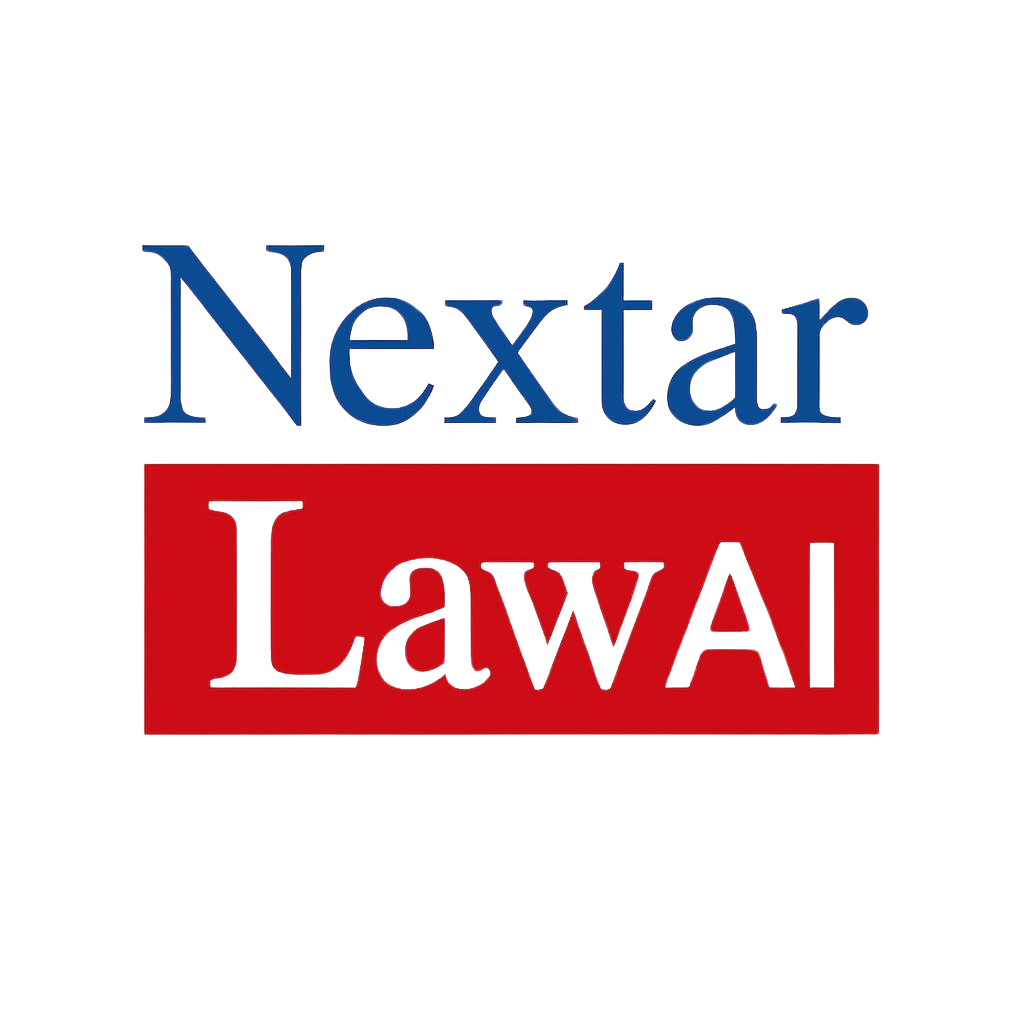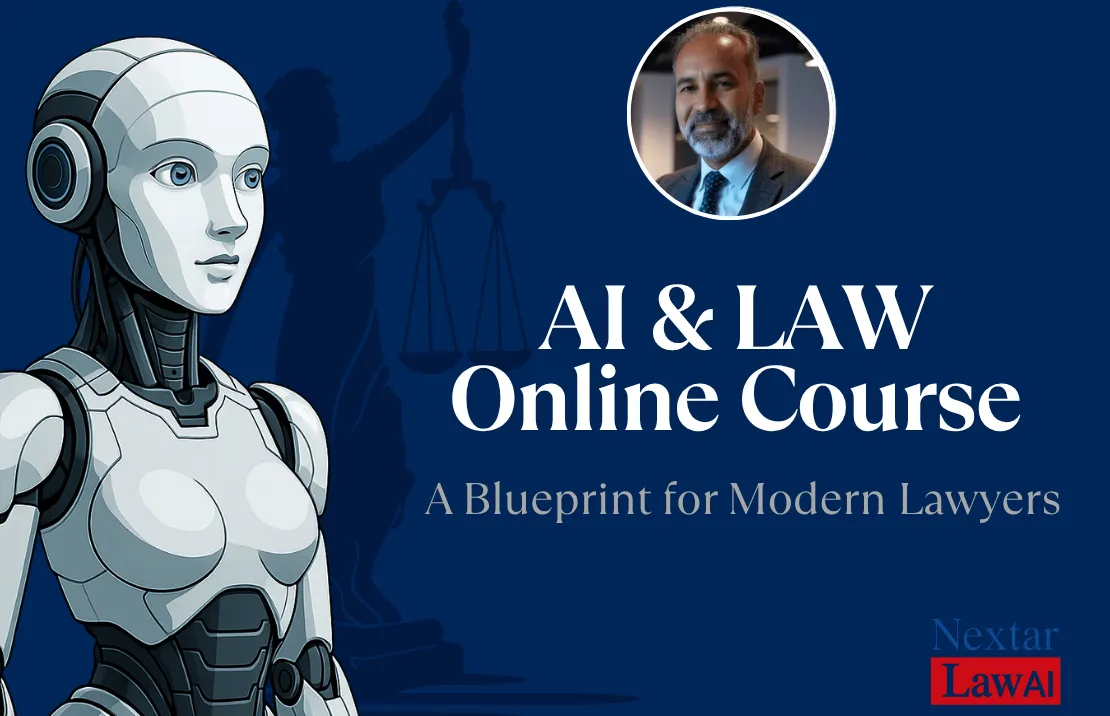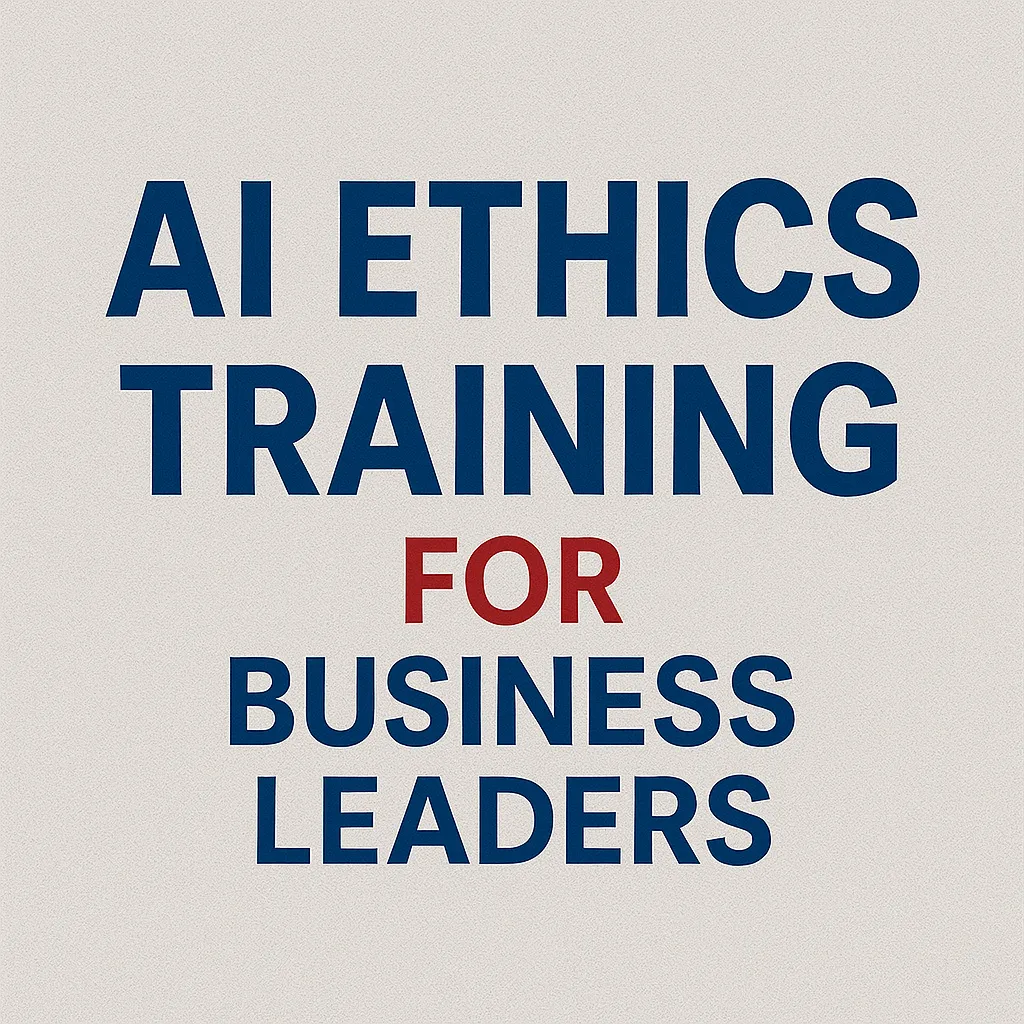AI Governance Best Practices
Turn good intentions into smart systems

Strong AI governance doesn’t slow innovation it strengthens it. As AI systems grow more powerful and integrated into business, education, healthcare, and public services, organizations need the right structures in place to manage risk, ensure accountability, and build trust.
This page offers a practical look at how leading teams around the world are governing AI responsibly and how your organization can do the same.

What You’ll Find Here:
Governance Framework Templates
Get inspired by real-world models that define how decisions around AI are made and monitored.
Examples of AI oversight committees and ethics councils
Decision-making flowcharts for approving new AI systems
Escalation procedures for ethical concerns or incidents
Mapping accountability across product, legal, and executive teams
Policy Guidelines & Internal Protocols
Ready-to-adapt documents and best practices to guide internal governance.
Model AI Use Policies and Acceptable Use Guidelines
Guidance for human-in-the-loop and explainability requirements
Third-party vendor and dataset review protocols
Documentation standards and audit trail templates
Culture, Training & Cross-Team Collaboration
AI governance isn't just a policy — it’s a mindset. Learn how to create alignment across departments.
Executive briefings and governance playbooks
Training modules for legal, tech, and product teams
Strategies for embedding ethics into development sprints
Case studies on cross functional governance done right
Why it matters?
Governance gives your organization a roadmap not only to meet legal requirements but to make smarter, safer, and more sustainable AI decisions. Without clear governance, ethical risks get missed, bias goes unchecked, and accountability becomes unclear.
Why NexterLaw?
NexterLaw brings global insight and hands-on experience in AI governance design.
Dr. Siamak Goudarzi, our founder, has helped institutions from law firms to startups to government agencies build ethical AI frameworks that actually work. With deep roots in international law and digital identity, we help clients align governance with real-world complexity.
Need help developing your AI governance model? Contact us at










